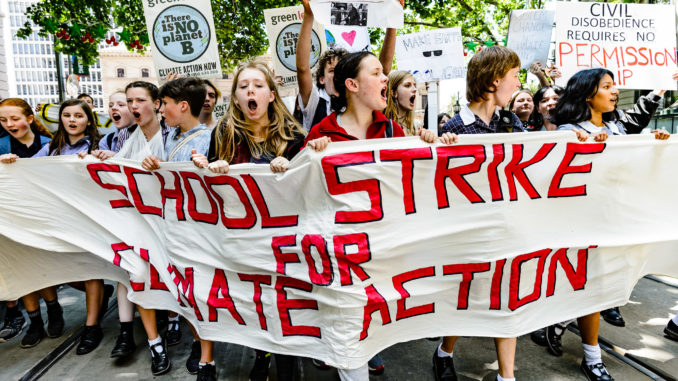
Millions of students from all over the country have been engaging into the climate strike for several months, and criticism has never quieted down since then. Students want positive action immediately rather than a long waiting year by year, as politicians always do, but the contention is that will the student march be a significant step for future changes, or just some empty talk with more confusion, considering that it started from a 15-year-old girl.
“You are stealing our future”
As a young political activist from Sweden and also a candidate of Nobel Peace Prize, Greta Thunberg has influenced millions of teenagers by encouraging students to strike for the climate change. Greta kept leaving school every Friday to sit outside the Swedish parliament in protest since August 2018. She believes that only when students give up their studies and go on streets can people really be aware of the seriousness of environmental status. In December 2018, Thunberg spoke on the UN climate change conference, condemning the world “You are stealing our future”, as the real, imminent crisis has long been ignored.
Thunberg’s speech can be seen as a trigger of the global climate strikes. After some sporadic marches risen around the world, finally on 15 March 2019, students from more than 2000 cities in at least 130 countries combined to strive for their own future.
Australia is also an important battleground in the strike campaign. There were about 50 rallies across the country on that Friday. Students held up the signs with their slogans, and surrounded the town halls to stated their appeals. As the students’ strike movement spread around the world, students in Australia put their attention to energy issue, and they put forward three explicit demands, including no Adani coal mine, no new fossil fuels projects, and 100% renewable energy by 2030. These three demands are beyond the budget of government, but students refuse to have a concession.
Australia’s energy structure shows that fossil fuels occupy the dominant position. According to the Australian energy update report 2018, fossil fuels accounted for 94% of Australia’s primary energy during 2017, while coal remained the second largest fuel consumed in that period, taking up 32% of energy consumption. Therefore, fossil fuels consumption is seen as the main reason of climate change, and the coal mining is the chief culprit of the deteriorating environment. Non-profit organizations like Fossil Free and Stop Adani, have been campaigning to rid Australia off fossil fuels for years, and students also take an active part in kinds of movements, including this school strike for climate.
“Kids should go to school”
Meanwhile, politicians are still attempting to discourage student from the extracurricular activities. Early in 2018, when Australian students began with small-scale marches, the Prime Minister Scott Morrison tried to quell the protests by segregating students out of political affairs.
The response from Prime Minister seemed to verify Thunberg’s criticism that politicians have less concern about environmental issues, and Thunberg called this kind of statement that students should stay in classroom as “museum” at Twitter. Politicians have another worry about the strike that the passion for environment protection may be used by some ambitious activists, although students state that their only allies are non-profit youth groups.
The dominant criticism of climate strike comes from the students’ sacrifice for study. People like Scott Morrison state that it is inadvisable for students to give up their own responsibility to take part in the protest, which actually hurts their future in another way. However, students’ determination and movement have been proved by time, and their behavior has been supported by academics and teacher organizations. The force of protest movement has been attested by precedents. In 1982, environmental activities successfully blocked the Franklin River damming project through protesting and calling on voters to put pressure on government. When it comes to some appeals with more profound impacts, students’ influence remains to be tested.
“We are playing some important roles”
Before the strikers walk into the sight of citizens, students on college campuses have already seen some effects of their work. The Fossil Free Usyd group has been working for a 100% renewable energy campus since 2013. As the group representative Alex Vaughan said, the group he has been part of grew large last year, and continuing to put pressure on university to divest from fossil companies. His attitude to student movement shows that students try to make some substantial changes by presenting their attitudes and achieving more attention, helping to raise awareness of the existing issues.
What students fight against are the industry giants, politicians and indifference of the whole society to environment problems. Australia government has decided to reduce carbon emissions by 65% in 2030, and push out a series of policies to make it achieve when students’ strike started in 2018. These are not enough for students, as they expect the more radical solutions. The critics keep questioning the contribution of strike movement, and they insist that students should focus more on study now, so that they can really do their bit in the future. It is a reasonable though that actual behavior at work and in daily life is more useful than words on streets, but students have strong faith that their strike is more than a carnival of political correctness, instead of that, their unity action embodies the discontent with the deteriorating environment, and it is also a great job to inspire more people to clearly confront our crisis.

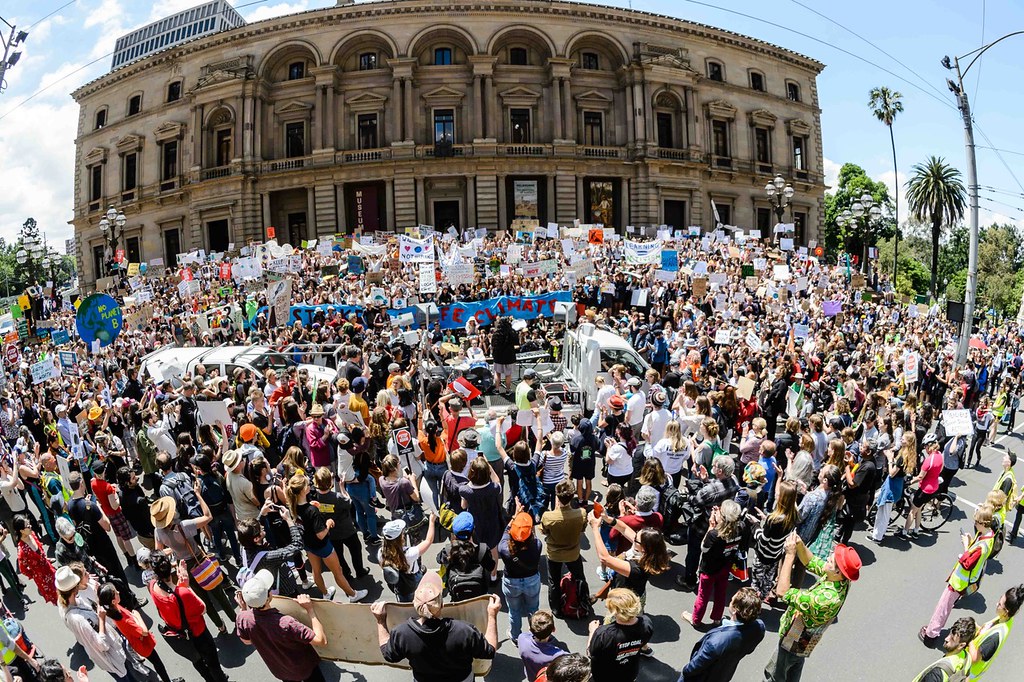
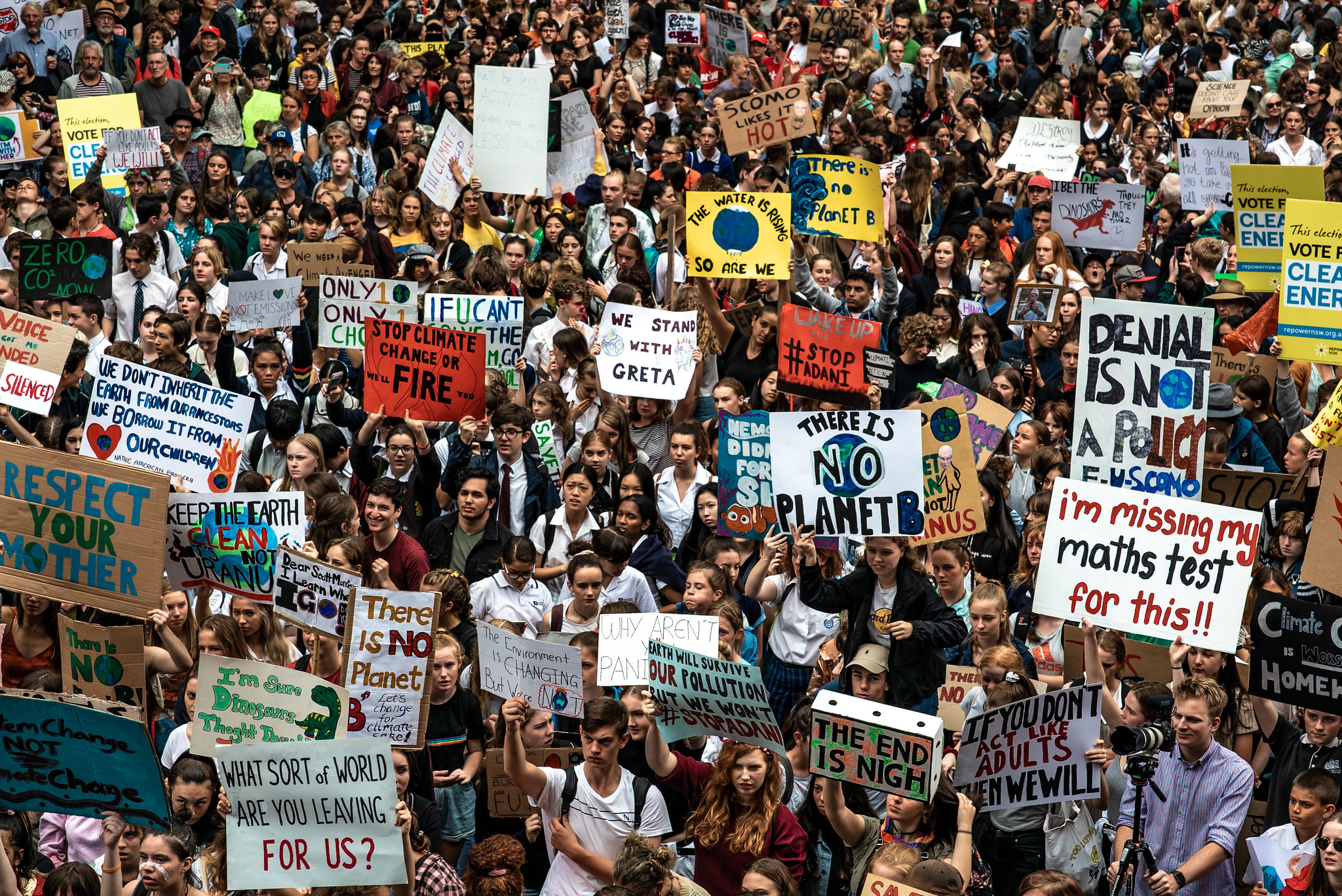
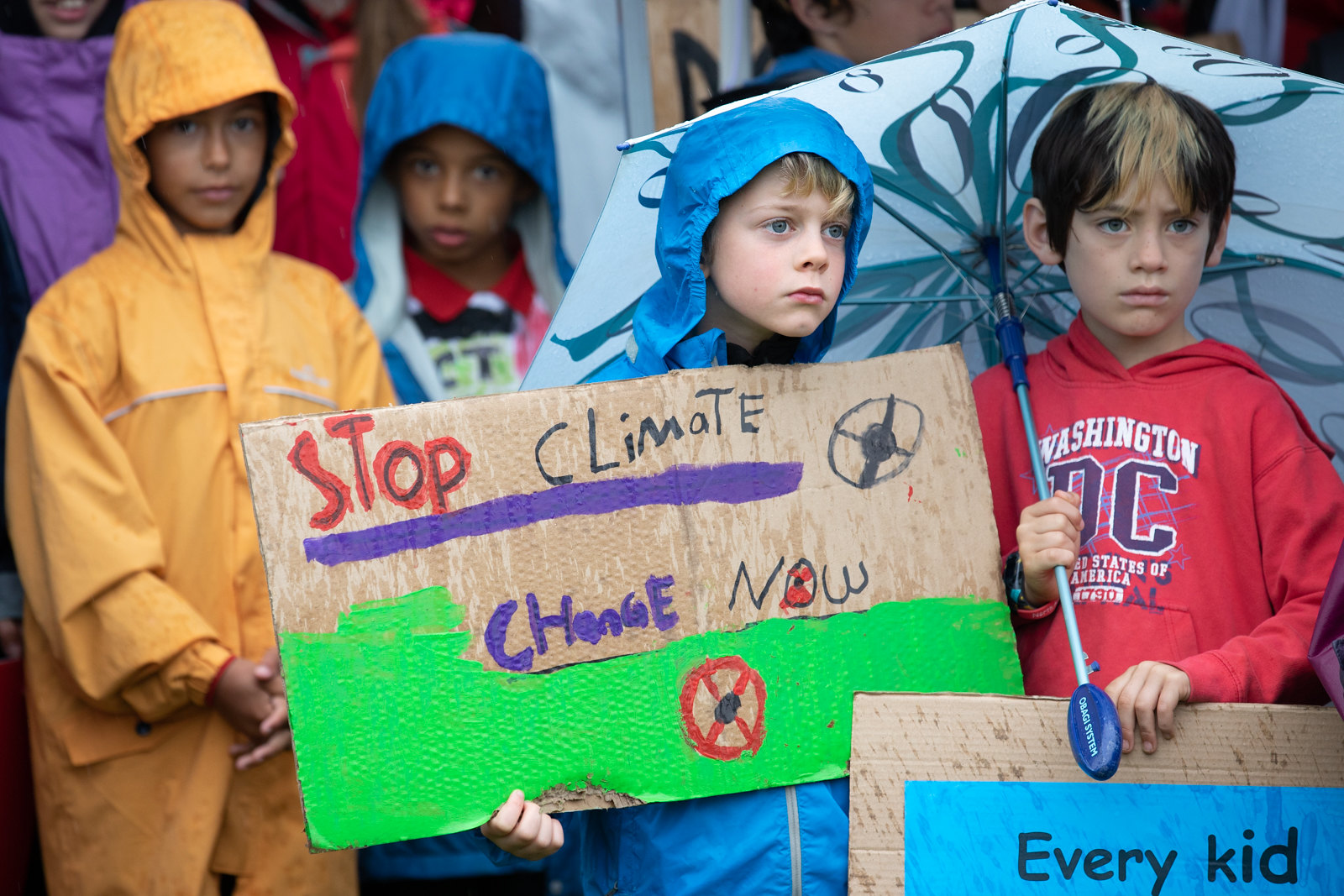

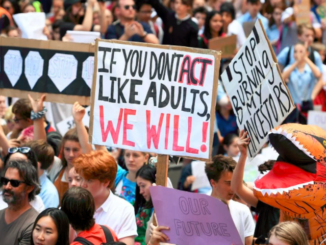
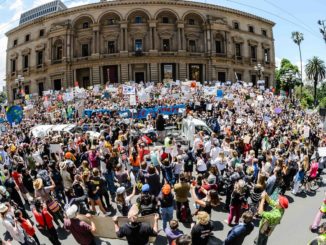
Be the first to comment